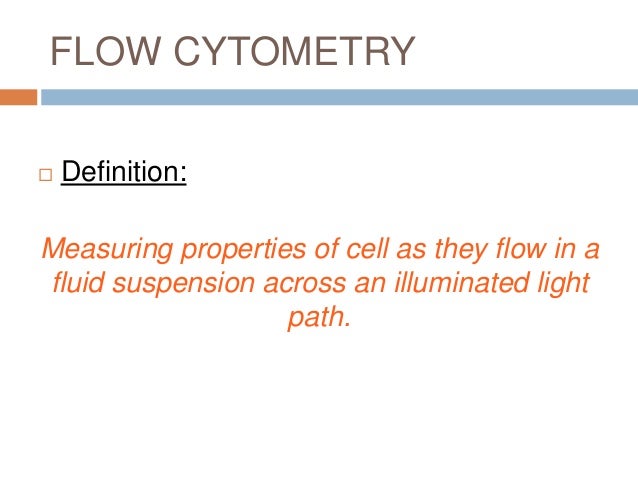
Several gate tools exist in FlowJo to assist with gating of plots, including rectangle, ellipses, and quadrants (Fig.

By drawing shapes or setting up quadrants (aka gating) to separate these collected events into specific populations, you can begin creating subsets of cells until you have reached the population you are interested in for your studies. So what is gating, exactly? According to FlowJo (the go-to flow cytometry analysis program for most of us immunologists) gating refers to the “process of selecting a subset of the collected events for further analysis.” In more simplified terms, when you open your raw data files into a FlowJo workspace and open up a window, each of the little dots plotted represent a cell, which in FlowJo-speak is a “collected event”. Either way, you could shoot yourself in the foot. If done incorrectly, you can either be including cells in your analysis that don’t belong or excluding cells that are essential.

Regardless, gating is the most important part of analyzing flow cytometry data. Welcome to the Wonderful World of Gating – otherwise known as the most frustrating part of flow cytometry! Not really, but many people think so, primarily due to the subjectiveness of it. Now that we’re on the same page, how do you get to the point of having interpretable data? That is, once your sample has been ran through your machine of choice (BD Fortessa, BD LSRII, etc.), how can you distinguish your cells of interest from every other (in your opinion) nonessential cell in your heterogeneous population? These data can be analyzed to provide information on a cell’s size, granularity, phenotype, and function.
DEFINE FLOW CYTOMETRY SERIES
Then both the fluorescent wavelength emission as the cell is passed through a series of lasers and the resulting pattern of light scatter are measured. This is accomplished by fluorescently labeling cell surface markers/proteins using antibodies conjugated to fluorophores.

Here’s a quick refresher: as the name suggests, flow cytometry measures the physical and chemical characteristics of cells. Some people love it-most hate it-but all can agree that it is one of the most powerful analytical tools immunologists possess.


 0 kommentar(er)
0 kommentar(er)
